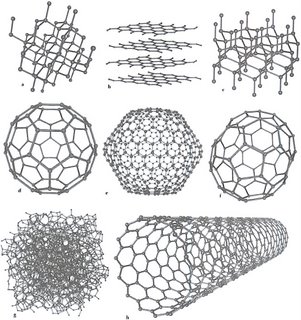"The end he (the artist) strives for is something else than a perfectly executed print. His aim is to depict dreams, ideas, or problems in such a way that other people can observe and consider them." - M.C. Escher
I too have always been interested at the idea of what we can see deeper then what we observe on the surface. As if an abstraction in the geometry may be leading when considering Polytopes and allotrope s or even Penrose Tilings as to the Truth?:)
 |
A remarkable mosaic of atomsIn quasicrystals, we find the fascinating mosaics of the Arabic world reproduced at the level of atoms: regular patterns that never repeat themselves. However, the configuration found in quasicrystals was considered impossible, and Dan Shechtman had to fight a fierce battle against established science. The Nobel Prize in Chemistry 2011 has fundamentally altered how chemists conceive of solid matter. See: The Nobel Prize in Chemistry 2011 Dan Shechtman |
You must also know I now sport an interesting tattoo that I will share shortly. Maybe even consider it as a line break, and as a pointer. You'll see why when I upload picture. So, that has been my thing when I look at all this science and those espouse the teaching of, that I tried to find my place in it. I mean I could be so wrong in a long of things.....but isn't that part of the evolution of being? Learning about those mistakes and dealing with the responsibility of finding that truth within self?
If the heart was free from the impurities of sin, and therefore lighter than the feather, then the dead person could enter the eternal afterlife.
My second tattoo will be as in the picture showing below on this blog site demonstrating and seen above is an ancient idea about "our heart" in relation to "the truth." How we weight that against one another and how the choices we make will have us asking whether we acted in accordance with that truth. That is "the final judgement" and if this is understood then we can access whether or not we have much more to learn. I know that setting right past mistakes is not an easy thing but if you at least start then that is part of the success of not of having to repeat them. Maybe repeat many times until you finally actually get it.
Well then,how does one simplify that picture of such Judgement in the Hall of Ma'at as to know that this message is alive and well in today's world and just as valid? How well will the tattooist portray this design? I'll have to give it to her so she has some time to look at it and decipher.:)
See Also:














